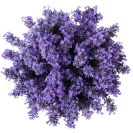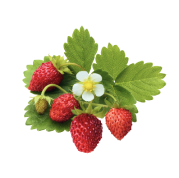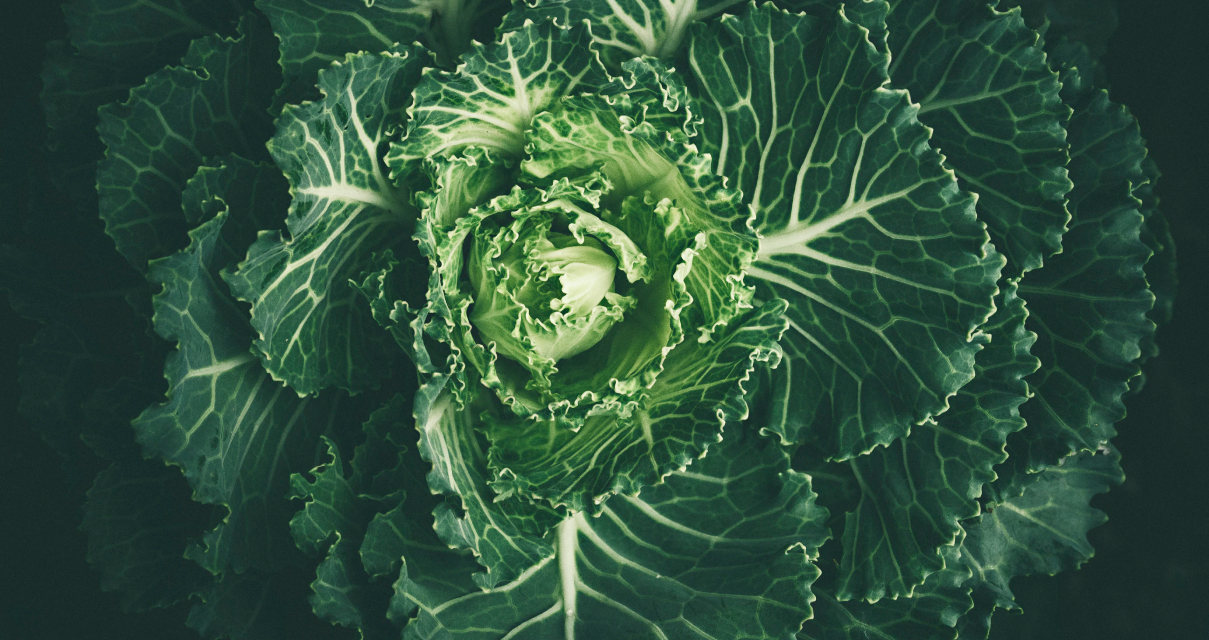Lettuce
The 16th through 18th centuries saw the development of many varieties in Europe, and by the mid-18th century cultivars were described that can still be found in gardens.
Find two of the largest leaves on the stem and locate the two small leaf nodes just above the largest set. Cut just above the two small nodes, about halfway down the plant.1
Find two of the largest leaves on the stem and locate the two small leaf nodes just above the largest set. Cut just above the two small nodes, about halfway down the plant.2
Find two of the largest leaves on the stem and locate the two small leaf nodes just above the largest set. Cut just above the two small nodes, about halfway down the plant.3

Vitamin K plays a key role in helping the blood clot, preventing excessive bleeding. Onlike many other vitamins, vitamin K is not typically used as a dietary supplement.
Vitamin K plays a key role in helping the blood clot, preventing excessive bleeding. Onlike many other vitamins, vitamin K is not typically used as a dietary supplement.2
Vitamin K plays a key role in helping the blood clot, preventing excessive bleeding. Onlike many other vitamins, vitamin K is not typically used as a dietary supplement.3












